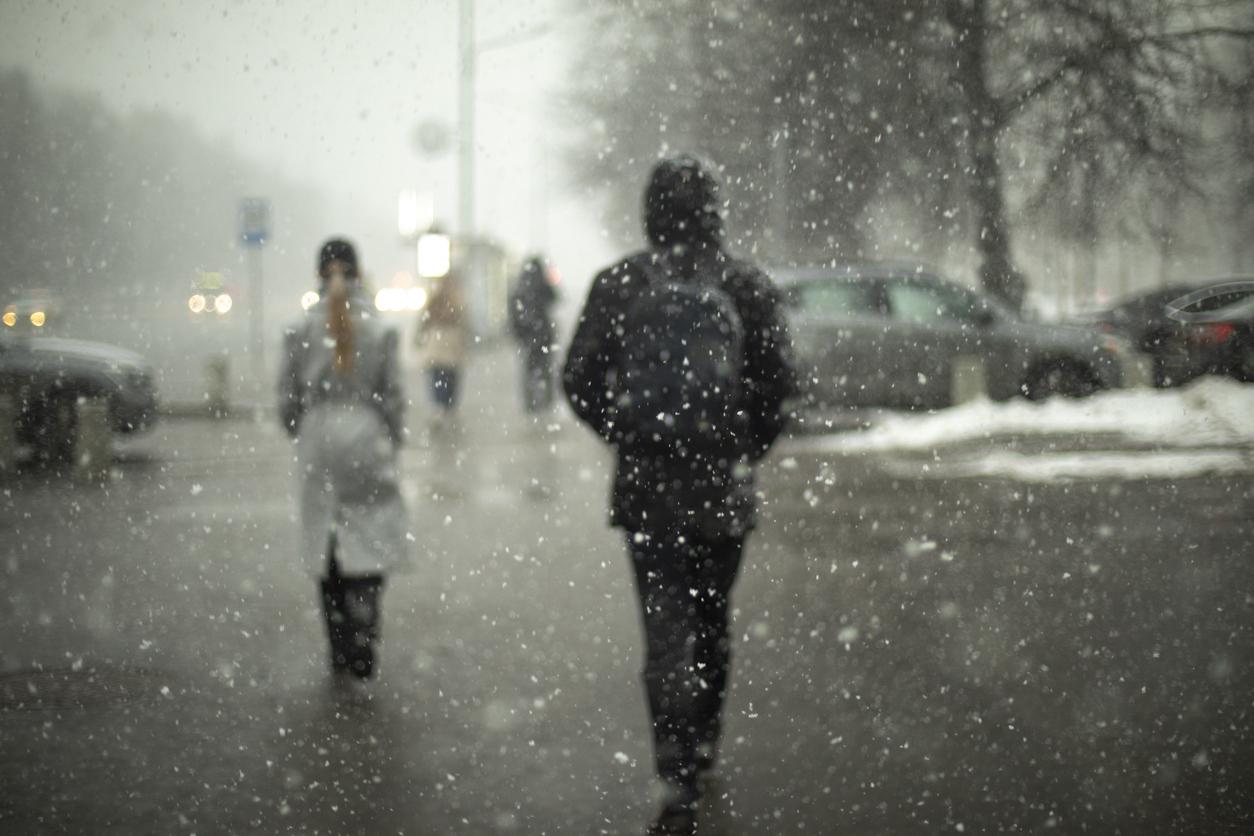Except for certain people at risk, the mortality rate of Covid-19 would be lower than what is announced. Worrying figures are common at the start of an epidemic, where reliable data is lacking.

While the WHO has just announced on March 4 a global coronavirus mortality rate of 3.4% (in line with its previous publications), that the rates in Italy would be close to 3.6% (107 deaths out of 3000 on March 4) and that and China speaks of a mortality rate (out of more than 44,000 patients) slightly higher than 2%, the French figures (March 6) report a mortality rate close to 1.6 % (7 deaths out of 423 infected patients), which is 2 times less than the WHO. Where is the truth ?
What is really dangerous?
In reality, if the mortality in Wuhan was estimated between 3 and 4% initially, in the rest of China it would be rather close to 0.7 to 1%. In Italy, the initially regional management of the epidemic may have delayed containment and allowed the spread of infection, with many infected people going undiagnosed.
Thus, in the absence of identification of infected patients by systematic virological diagnosis, it is difficult to give an exact mortality rate because moderate infections (simple nasopharyngitis) are not identified.
Initial overstatement of mortality
At the beginning of all epidemics, due to the lack of testing on the one hand, and the influx of many patients in hospitals, the moderate forms of infections are not the priority of the health authorities.
This usual situation results in a strong initial increase in the mortality rate and this situation lasts until a better understanding of the epidemic, or systematic screening of contact subjects (as in France currently) gives a realistic view of the rate. of deceased.
Contagiousness is part of the problem
Is the mortality rate the only parameter to judge the dangerousness of a virus? Obviously not: it is necessary to take into account its contagiousness: winter flu has a death rate close to 0.1%, and this mainly concerns populations at risk and well identified for whom vaccination is available and specific treatments effective.
However, the flu is very contagious and will affect millions of people each year, which results in millions of deaths worldwide and around 10,000 deaths (direct and especially indirect) in France. So it’s the 2and parameter that must be looked at when faced with a new epidemic.
A virus less contagious than the flu?
According to experts, the coronavirus is contagious (sputters when coughing, direct and indirect contact), but it is less so than the flu virus and, in particular, it is not suspended in Ambiant airin the absence of sputum or postillions, unlike the flu.
The problem is that it can be excreted through the nasal mucosa in people who are infected but not sick (or not yet sick), and that it can persist for some time on objects (door handles, etc.). The barrier gestures put forward by the public authorities are therefore largely relevant, especially if they are associated with the regular disinfection of door handles, stair railings and elevator buttons.
The coronavirus is probably not the plague
Admittedly, there is no specific vaccine or drug for Covid-19, but the clinical characteristics of its infection are now well documented. More than 80% of patients have mild symptoms (nasopharyngitis, angina) or none. Less than 1% of children under 9 and less than 1% of adolescents aged 10 to 19 fell ill, with clinical signs quite moderate.
Above all, most of the mortality from atypical pneumopathies (which would occur in 10 to 20% of cases) concerns a well-identified population (study from Chinese CDC over 44,000 cases). Up to 39 years old, the mortality rate would be 0.2%, it would drop to 0.4% among 40-49 year olds, 1.3% among 50-59 year olds, 3.6% among 60- 69 years old. On the other hand, it would be 8% among 70-79 year olds, 14.8% over 80 years old and between 6.3% and 10.5% for people who have another chronic disease (chronic respiratory diseases and cardiovascular, respectively).
Change of strategy
Now that the flu epidemic is receding and that of the coronavirus is setting in, the public authorities will gradually change their strategy and rely more heavily on a policy of social distancing (not shaking hands, etc.) and general practitioners. The majority of patients will be taken care of in the city and at home, by developing all the modern remote monitoring and telemedicine solutions as much as possible. Hospitals and intensive care units will be reserved for the most serious patients, hoping to find the elements which make it possible to identify patients at risk of hypoxemic pneumonia, in order to try to reduce its frequency.
If the children are contagious without being sick, it is indeed necessary to temporarily close the schools to slow the spread of the virus in the population. The elderly and the chronically ill, most at risk of death, should be isolated during the epidemic in order to be protected. But it could be enough to limit large gatherings and apply barrier gestures to allow the majority of workers to live and work “almost” normally, because this pandemic is likely to last several months.
.

















